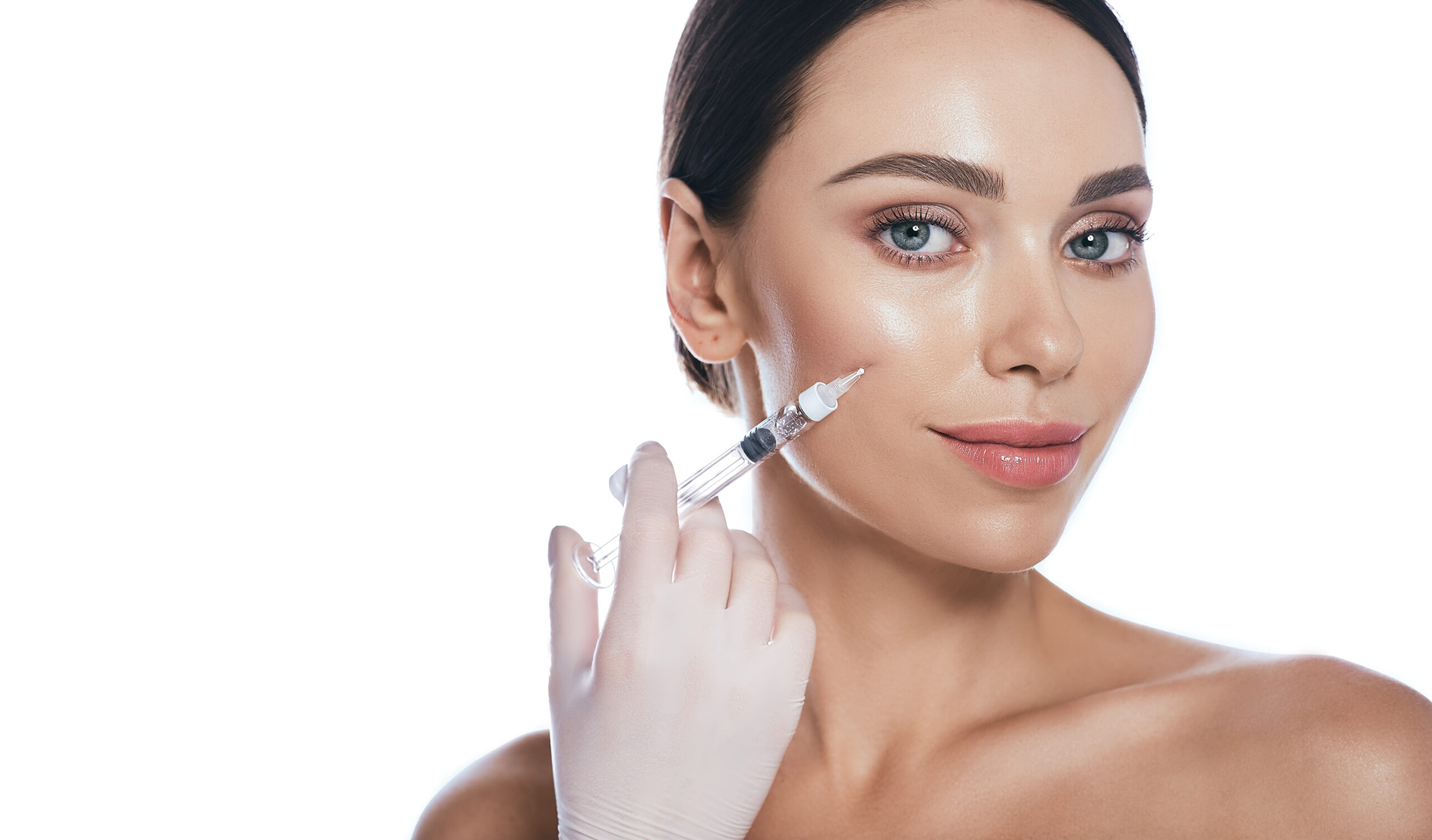Fillers are gel-like substances injected under the skin to restore volume, smooth lines, and enhance facial contours.

Cosmetic providers use soft, gel-like fillers that go under the skin to bring back volume, smooth lines, soften wrinkles, and shape the face. Because they work well and can do many things, fillers are now a popular way to refresh the face.
As more people want non-surgical treatments, over 1 million men and women pick this option each year. They like it because it gives clear, natural results and is a lower-cost way to improve how they look. With no surgery or downtime, they can quickly go back to their daily life feeling more confident.
Providers use different FDA-approved fillers, each with its own main ingredient. To keep things safe and get the best outcome, licensed medical pros use only trusted, name-brand products.


